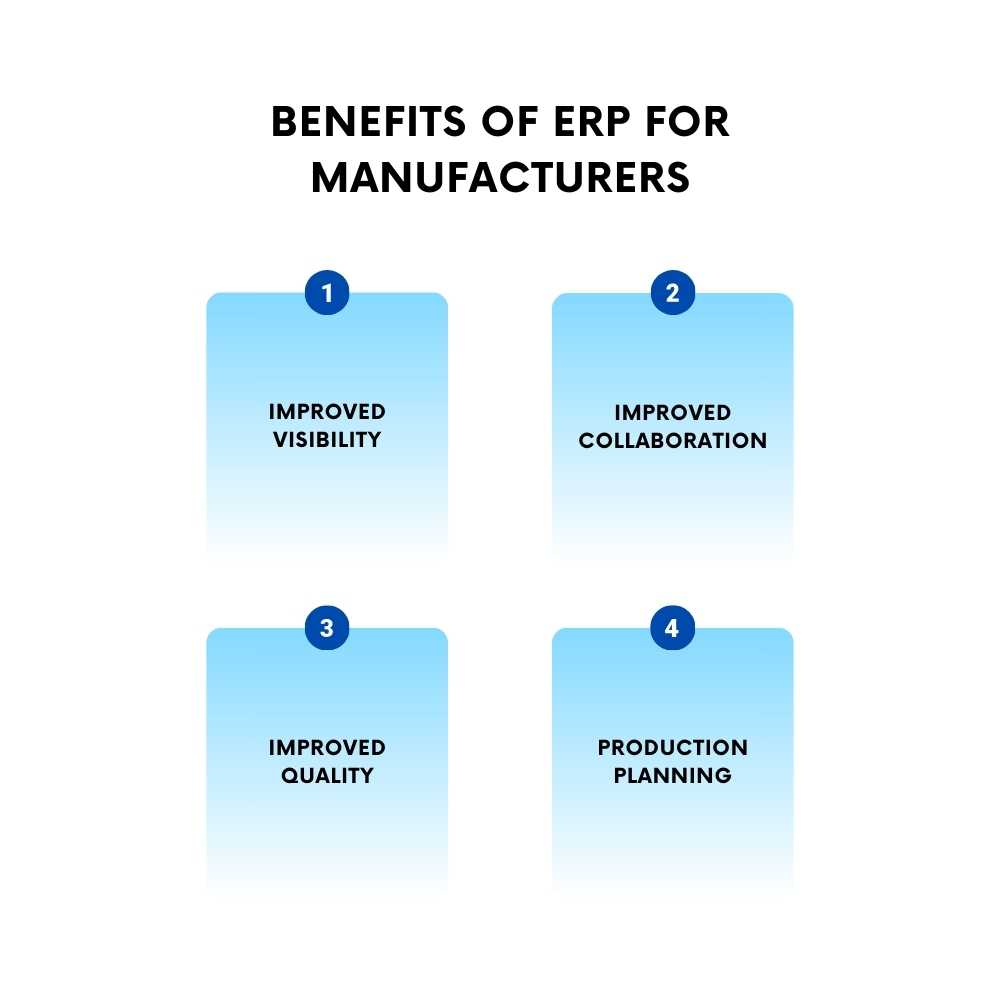In modern manufacturing, which relies on precision and efficiency, downtime poses a formidable threat to production schedules. The disruption of production hampers schedules inflicts significant financial losses, and jeopardizes market competitiveness. Addressing downtime isn’t just about minimizing pauses; it’s a strategic imperative that requires a multifaceted approach.
From meticulous tracking of every second lost to empowering workforce expertise, implementing preventative measures, and embracing cutting-edge technology, the quest to reduce downtime in manufacturing embodies a relentless pursuit of operational excellence. However, companies can implement several proactive measures to reduce downtime and keep their operations running smoothly.
measures to reduce downtime In Manufacturing
Track Downtime:
Understanding the root causes of downtime is crucial. By implementing robust tracking systems, manufacturers can identify patterns, analyze reasons for interruptions, and take targeted action to address recurring issues.
Preventative Maintenance:
Regular maintenance schedules can significantly reduce unexpected breakdowns. Proactive maintenance not only prevents sudden halts but also prolongs the lifespan of machinery, ensuring consistent production levels.
Properly Train Production Line Employees:
A well-trained workforce is an invaluable asset. By investing in comprehensive training programs, employees become adept at identifying potential issues, performing basic troubleshooting, and adhering to best practices, thereby reducing errors and downtime.
Upgrade Manufacturing Equipment:
Outdated machinery can be a primary source of downtime. Upgrading to modern, more efficient equipment enhances productivity and minimizes the risk of breakdowns associated with aging machinery.
Improve Communication:
Seamless communication between departments, from floor operators to management, is essential. Clear communication channels facilitate swift problem-solving, faster decision-making, and a more agile response to issues that arise.
Invest in Staff Training:
Beyond production line training, continuous learning and skill enhancement programs keep employees updated with evolving technologies and methodologies. It ensures they remain adept at handling new equipment and processes, minimizing downtime associated with learning curves.
Set Specific Production Goals:
Clear, achievable production goals provide a roadmap for the team. It keeps everyone aligned, motivated, and focused on targets, reducing idle time and streamlining operations toward efficient output.
Monitoring Production:
Real-time monitoring systems allow for rapid detection of irregularities or inefficiencies. This proactive approach enables swift intervention before minor issues escalate into major downtime-causing problems.
Providing Operator Decision Support:
Empowering operators with tools and resources for quick decision-making can be invaluable. From access to data analytics to user-friendly interfaces, providing decision-making support reduces the time taken to address issues on the production line.

cloud ERP can help reduce downtime in manufacturing in many ways:
Improved visibility: ERP systems allow all departments in a business to access and view the same data in real-time.
Improved collaboration: ERP systems can help improve coordination and management across a business’s processes.
Inventory management: ERP systems can help manufacturers manage inventory levels, which is important for seamless production.
Production planning: ERP systems can help manufacturers plan and schedule production by providing data and insights into production processes, inventory levels, and customer demand.
Customer relationship management: ERP systems can help manufacturers understand their customers better by recording all communication between their sales team and the customer.
Improved quality: ERP systems can help enhance the quality of products.
Conclusion
Acumatica ERP offers a comprehensive suite of tools to optimize efficiency in manufacturing. It integrates robust tracking capabilities, predictive maintenance modules, real-time data analytics, and streamlined communication channels into a single platform.
Acumatica’s functionalities help manufacturers identify potential downtime triggers, schedule proactive maintenance, and empower their workforce with data-driven decisions.
Acumatica ERP software is a strategic ally for manufacturing enterprises, helping them achieve a future where downtime is a rarity, productivity soars, and operational excellence becomes the norm.

Vijay comes with a vast experience in ERP and enterprise solutions space with about 20 years of experience in various packaged application like Acumatica, SAP, Orion, Salesforce.com, SugarCRM and, SalesLogix.

